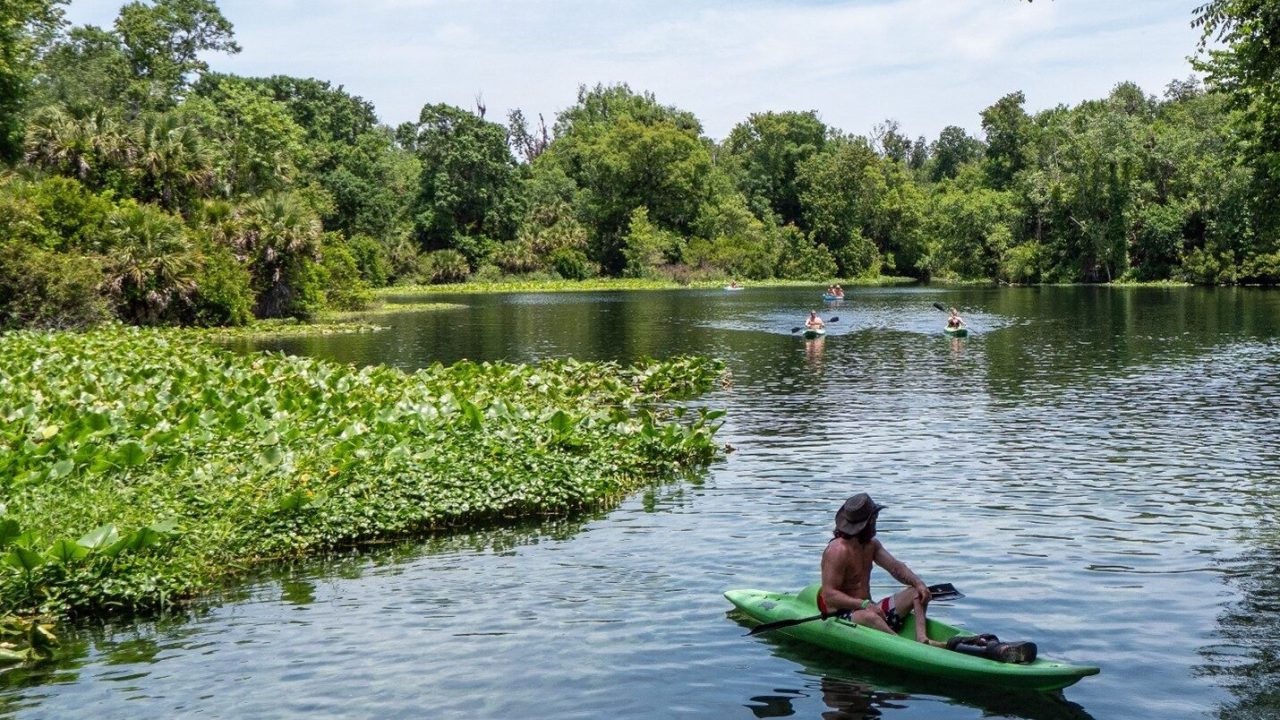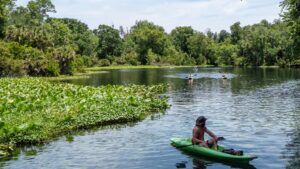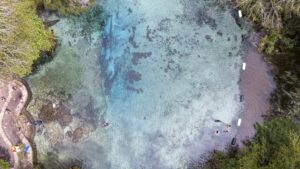Planning for Central Florida’s Water Future: District Approves Regional Water Supply Plan

Kayakers paddle on the Wekiva River, where it meets Wekiwa Spring.

Water touches all aspects of life in central Florida, from homes and businesses to communities and the economy, and the rivers, lakes and springs that define who we are. To ensure this vital resource remains sustainable for people and the environment, the St. Johns River Water Management District (District) and its partners are planning ahead for the region’s growing needs.
Today, the District’s Governing Board approved the 2025 Central Florida Water Initiative (CFWI) Regional Water Supply Plan, a long-term roadmap to secure sustainable water supplies for the next 20 years.
The CFWI is a collaborative partnership among the St. Johns River, South Florida, and Southwest Florida water management districts, along with the Florida Department of Environmental Protection, the Florida Department of Agriculture and Consumer Services, local governments, utilities and other stakeholders. With central Florida’s population now exceeding 3.4 million, working together is critical to protecting and managing our shared water resources.
“Water sustains our communities, fuels our economy and supports the natural places that make central Florida special,” said Regional Water Supply Planning Coordinator Callie Register. “By planning together today, we’re sustaining these resources for the people and the ecosystems that depend on them.”
Updated every five years, the Regional Water Supply Plan projects water demands over a 20-year period and identifies strategies to meet those needs while protecting natural systems. Without the projects outlined in the 2025 plan, central Florida could face a projected groundwater shortfall of 96 million gallons per day (mgd) by 2045.
To prevent that outcome, the plan includes a diverse portfolio of 140 water supply and water resource development projects and 27 water conservation projects, ensuring that growth and environmental protection move forward hand in hand.
From 2020 through 2024, the water management districts and the Florida Department of Environmental Protection collectively invested approximately $397.5 million in 36 alternative water supply projects that have been completed or are under construction, creating over 88 mgd of new water supply. During the same period about $2.85 million was dedicated toward 30 water conservation projects that are complete or underway, projected to save over 1 mgd. Together, these investments demonstrate the importance of shared funding and regional collaboration in managing and protecting central Florida’s water resources.
One promising project is the potential expansion of the Taylor Creek Reservoir in eastern Orange and Osceola counties. Constructed in the 1960s as part of the original federal Central and Southern Florida Flood Control Project, Taylor Creek Reservoir was designed to capture and hold stormwater before it reached the St. Johns River, reducing flood stages in the Lake Poinsett area as a flood protection measure. Today, the reservoir provides drinking water and supplies agricultural irrigation water. The proposed expansion could provide up to an additional 54 mgd of drinking water to utilities, strengthening regional water security through a strong public-private partnership.
The District also partners with local agricultural operations like Cherrylake Tree Farm in Lake County, which has completed six cost-share projects to increase irrigation efficiency, conserve water and improve water quality. These projects have resulted in more than 1.3 mgd of water savings and significant reductions in nutrient runoff, demonstrating how innovative agricultural practices can benefit both the economy and the environment.
The District continues to invest in water conservation programs and groundwater recharge projects that extend existing supplies and protect natural systems, including Florida’s iconic springs.
Water is essential to everything we do. By planning ahead today, the District and its partners are helping ensure that the water flowing through central Florida’s rivers, lakes, springs and taps will continue to sustain life for decades to come.
To find additional information about the District’s Water Supply program, please visit www.sjrwmd.com/water-supply.





